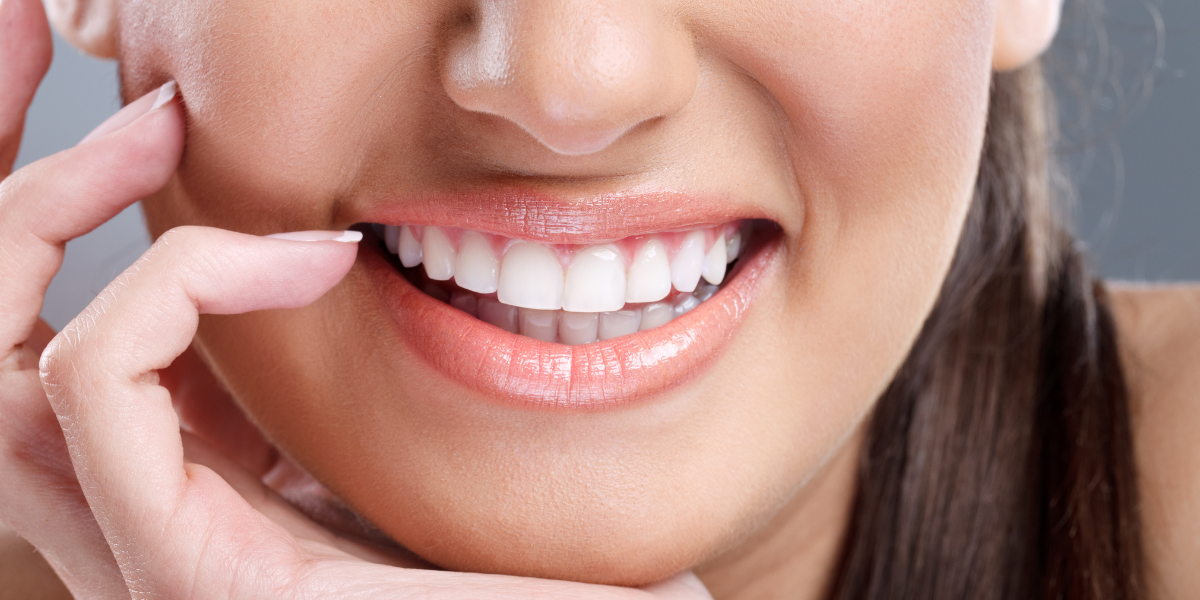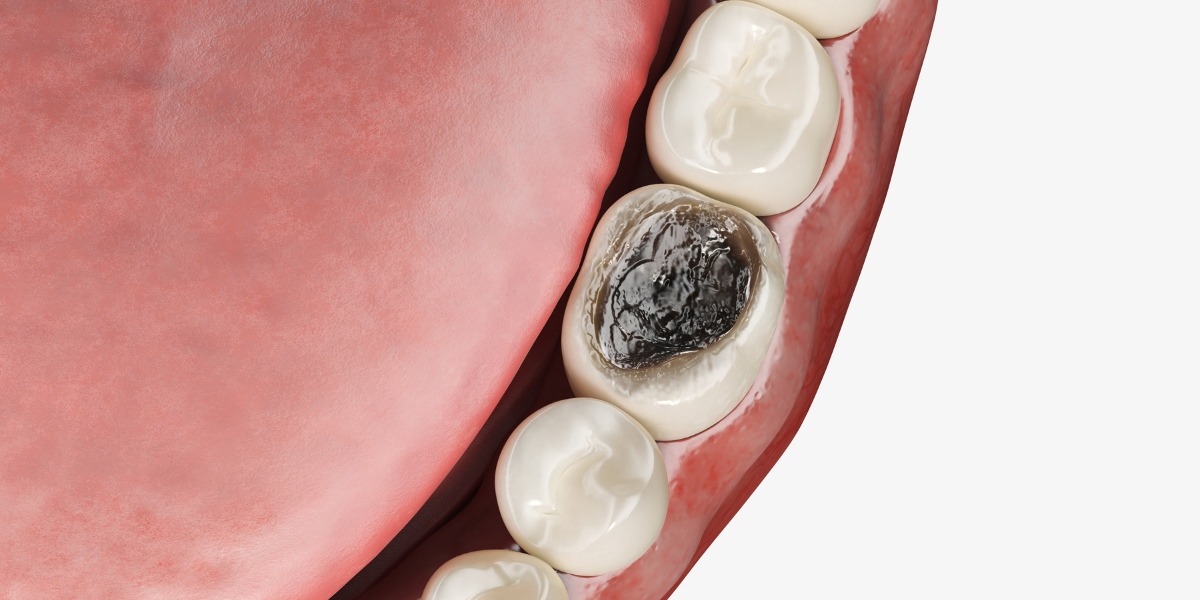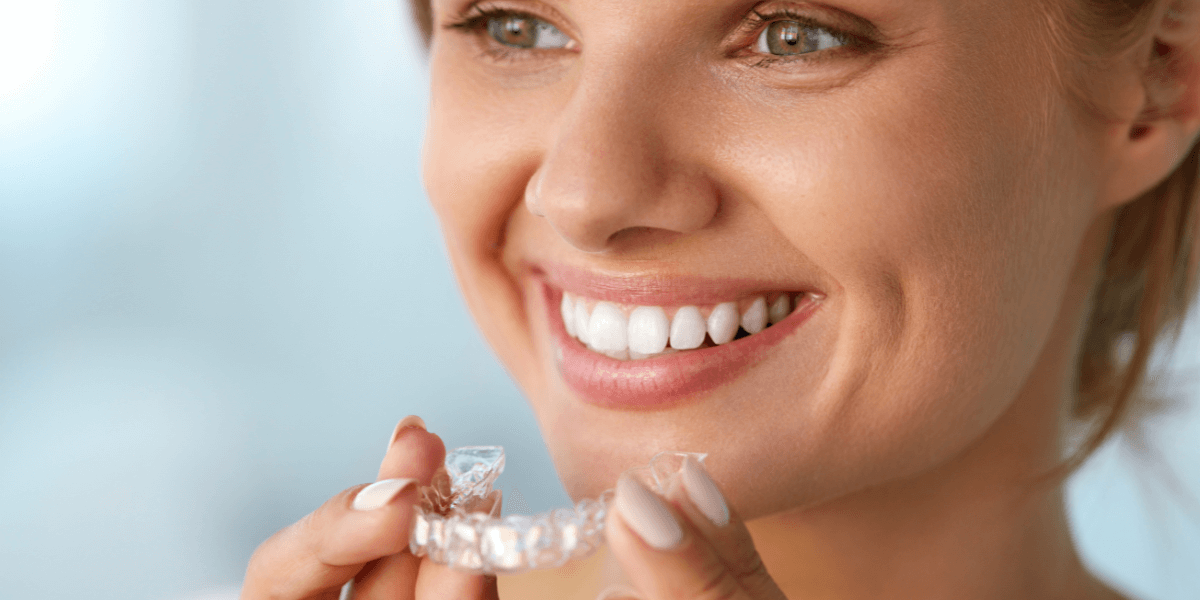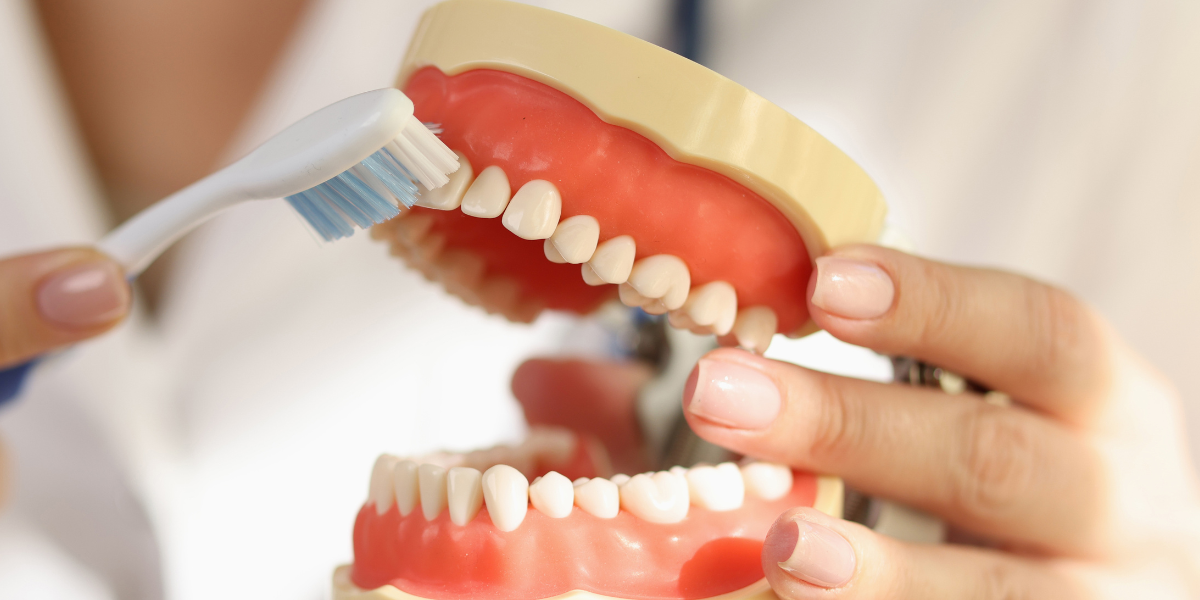The little-known secret to teeth whitening – low pH

All teeth whitening is not created equal: a particular whitening product’s pH can directly influence its efficacy. Depending on what and how you use it, teeth whitening can actually lower oral pH, leading to risk of decay and tooth sensitivity. So it’s important to choose a quality product and closely follow the directions to safely & effectively whiten your teeth.
Teeth whitening is a popular cosmetic procedure that can improve the appearance of your smile. There are many reasons why you might want to whiten your teeth. Maybe you’ve just noticed that your teeth have lost their luster over time. Or perhaps you’re getting ready for a big event like a wedding or job interview. Whatever the reason, there are several ways to achieve whiter teeth.
However, it is important to remember that it can also influence your oral pH level. The whitening process uses chemical agents like hydrogen peroxide and carbamide peroxide to oxidize the molecules in the enamel that cause discoloration. These agents are effective in whitening teeth but can also slightly decrease the mouth’s pH level.
Oral pH is Important
The mouth can become an acidic environment, which can lead to tooth decay and other problems. The pH scale ranges from 0 to 14, with 7 being neutral, and the pH balance in the mouth should be slightly alkaline. A balanced pH helps maintain healthy teeth and gums by preventing cavities and reducing gum disease risk. When the pH falls below 5.2, enamel demineralization and root resorption have been reported.[1][2]
According to a study that measured the pH of 26 whitening products, the pH of these products ranged from 3.67 (highly acidic) to 11.13 (highly basic). [1][2] To keep your mouth’s pH level balanced, it is essential to practice good oral hygiene habits, such as brushing and cleaning in between the teeth twice a day and using an alcohol-free mouthwash.
Teeth whitening alters oral pH
Whitening teeth can help improve the look of your smile and boost your confidence, but it’s important to speak to your dentist before using any whitening products. The bleaching agents’ pH is a factor that can directly influence the whitening process. Teeth whitening products can lower the pH, leading to enamel erosion and increased tooth sensitivity.
The pH of some whitening products is acidic primarily to increase the shelf life, and manufacturers have paid attention to the acidity of bleaching gels because low oral pH can produce various harmful effects on the structure and properties of the tooth.[3] The effectiveness of dental bleaching is influenced by several factors, such as the bleaching system used, bleaching agent concentration, application time, and light application.[4]
Safely use teeth whitening products
When teeth whitening products are used incorrectly, they can strip away the natural protective layers on your teeth, making them more vulnerable to acids and bacteria. This increase in the mouth’s acidity can cause cavities, enamel erosion, and tooth sensitivity. To help minimize this risk, following the directions on the whitening product you are using is important, in addition to discussing with your dentist any potential risks before starting any whitening treatment.
If you experience sensitivity, your dentist may suggest using a potassium nitrate product. Potassium nitrate helps those with sensitive teeth by blocking the pain signal resulting in less pain and sensitivity, and can be found in over-the-counter and prescription dental products.
If you have active periodontal disease or gingivitis, it is highly recommended to treat the infection first before proceeding with any whitening procedure, as it can irritate your gums further. Maintaining oral pH balance, healthy gums, and choosing a tooth whitening product for your needs under the direction of a dentist are some of the key components of a healthy, beautiful-looking smile.
- Price, R.B. (2000) Download pdf | the ph of tooth whitening products – researchgate. https://www.researchgate.net/publication/12282985_The_PH_of_tooth_whitening_products
- Price, R., Sedarous, M. and Hiltz, G.S. (2000) The pH of Tooth-Whitening Products, The pH of tooth-whitening products. Available at: https://www.cda-adc.ca/jcda/vol-66/issue-8/421.html
- WIJETUNGA, C.L. et al. (2021) Effect of ph of bleaching agent on tooth bleaching action in vitro, Dental Materials Journal. The Japanese Society for Dental Materials and Devices. https://www.jstage.jst.go.jp/article/dmj/40/3/40_2020-191/_pdf
- Soares, A. F., Soares Bombonatti, J. F., Alencar, M. S., Consolmagno, E. C., Honório, H. M., & Lia Mondelli, R. F. (2016). Influence of pH, bleaching agents, and acid etching on surface wear of bovine enamel. Journal of Applied Oral Science, 24(1), 24-30. https://doi.org/10.1590/1678-775720150281







